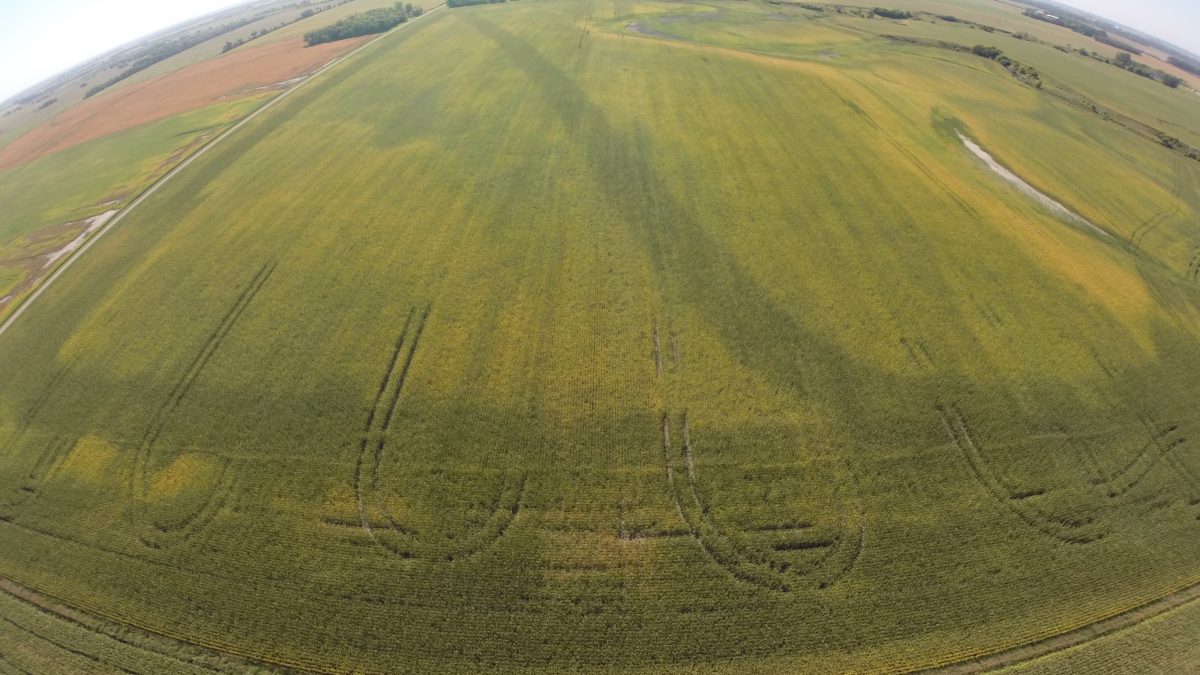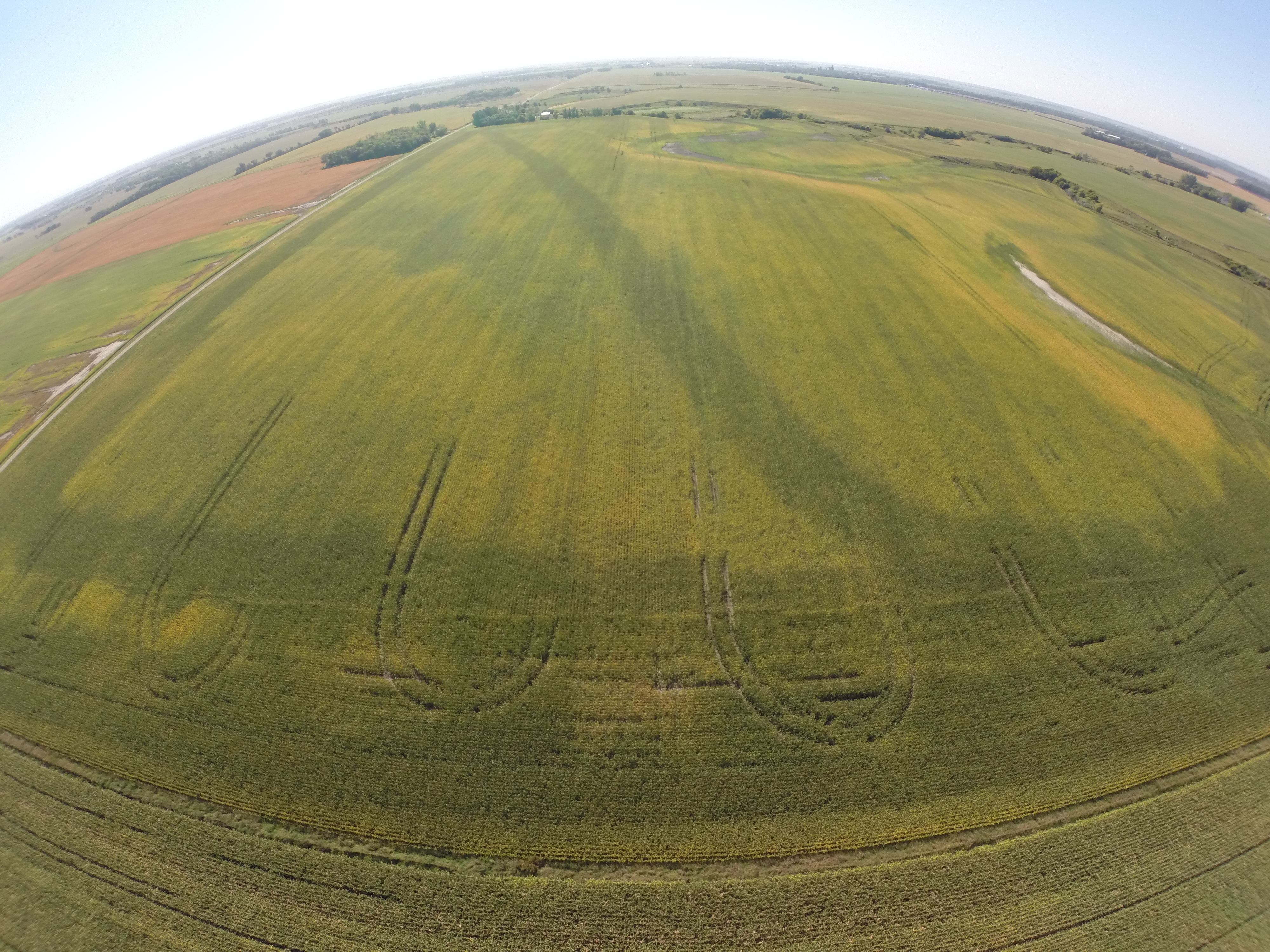What Is a Hot Streak? How Do I Use It?

Q: What is a hot streak?
A: A hot streak is a strip in the field where excess nitrogen is applied in order to eliminate nitrogen as a possible limiting factor to yield. If used correctly, hot streaks are a valuable tool to understand your nitrogen program.
Nitrogen requirements change from year to year, making it difficult to understand how much we need in a given year. If you do not side dress nitrogen in-season, using hot streaks can help you learn from previous years to dial in your N program. In-season side dressing can fine-tune your N program.
Start with soil testing – it’s possible to detect deficiency before visual symptoms appear. Soil testing both inside and outside of the hot streak will provide a range to help you determine a midseason application rate. With the introduction of new sensors this year, UAVs may also be able to detect N deficiencies before symptoms are visual. Once symptoms become visual to us, damage has already occurred. The faster we can detect and react, the more yield we can preserve.
I often hear growers say that they never saw the hot streaks in their fields. This could be a positive sign that the field was not limited by nitrogen. However, it could also indicate that nitrogen was over-applied in the rest of the field, creating higher than necessary fertilizer costs for the grower.
My recommendation: Lower your initial base rate of nitrogen for the season, and utilize hot streaks to determine an in-season side dressing rate. Doing this could lead to record yields using less nitrogen.












